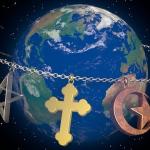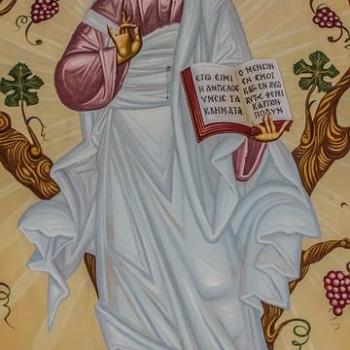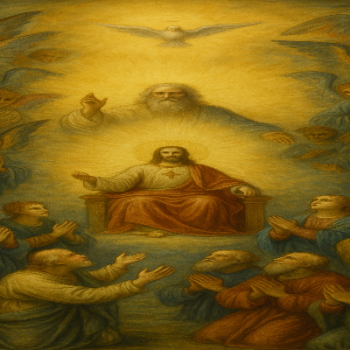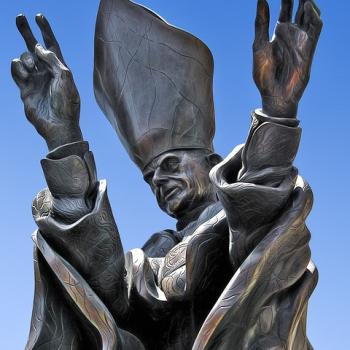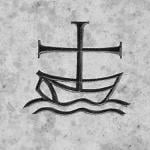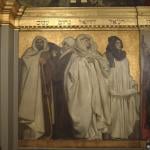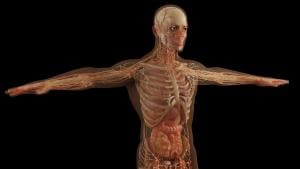
At first glance, the term Catholic anthropology seems rather strange. After all, what does the Catholic religion have to do with excavating some desert site?
Of course, anthropology is so much more than that. In this essay, I will examine what Catholic anthropology is, its importance in understanding the Catholic faith, and what anthropology in general, and Catholicism specifically, can teach us about what it means to be human.
What Is Anthropology?
An overly broad definition is that anthropology is the science of studying what makes us human. When one analyzes the subject, it is possible to identify four pillars of anthropology: human biology, archaeology, cultural anthropology, and linguistics.
For most of us, when we think of anthropology, we are thinking of anthropological archeology. This discipline is concerned with ancient cultures and societies through the study of artifacts they have left behind. Biological anthropology studies evolution, variation, and adaptation. Cultural anthropology focuses on what people create, believe, and experience. Finally, linguistic anthropology is, as the name suggests, the study of how language affects culture and society.
If anthropology is the study of human beings, and in light of the fact that every known civilization has engaged in religious practices, it becomes all but inevitable that anthropology and religion will cross paths.
How Does Catholic Anthropology Differ?
The answer to the above question is the context and lens of one’s worldview. Suppose (secular) anthropology is the study of what a human being is in relation to his culture. In that case, Catholic anthropology is the study of human beings in light of God and the revelation of Jesus Christ. Perhaps one way to distinguish Catholic anthropology from its secular counterpart is by examining how the two anthropologies answer the questions posed by Aristotle’s four causes.
The four causes are answers to four questions about a thing’s existence. The efficient cause answers the question “what or who” caused something. The efficient cause can be divided into proximate and ultimate causes. The material cause refers to what substance or material a thing is composed of. The formal cause asks what is a thing’s nature. Lastly, the final cause addresses the purpose or end for which a thing exists.
Science is primarily concerned with proximate efficient causes and material causes. Philosophy focuses more on the ultimate cause, the formal cause, and the final cause.
Applying the four causes to the question of how Catholic anthropology differs from secular anthropology, we can say that Catholic anthropology is interested in our ultimate cause (God), the nature of human beings, and their highest or best good.
Key Points In Catholic Anthropology
It was said above that anthropology is the study of human beings. Inherent in that study is the question, “What is a human being?” From strictly secular anthropology, the answer is that humans are primates belonging to the species Homo Sapiens. Homo Sapiens are social animals with shared beliefs and practices and a capacity for language and culture.
This description is undoubtedly valid for scientific purposes but falls short from a religious or philosophical perspective. The Catholic Church further asserts that humans are made in the image of God (imago Dei). The imago Dei signifies that humans possess a unique dignity and likeness to the divine. The resemblance is not physical, of course. Rather, to be made in the image of God is to reflect God’s qualities like intellect, free will, and the capacity for love and relationship.
It should come as no surprise, therefore, that the Bible suggests an entirely different anthropology. “God created mankind in his image; in the image of God he created them; male and female he created them.” (Genesis 1:27). Furthermore, “The human person, created in the image of God, is a being at once corporeal and spiritual.” (See Catechism of the Catholic Church, Paragraph 362).
Human beings – indeed, all of creation – are not an accident of ancient cosmology and biology. They exist and are sustained in that existence by God. Biblical and Catholic anthropology also claims that humans are composed of a mortal material body and an immortal spiritual soul.
This understanding of human nature has profound implications for how we view ourselves, others, and the world. It emphasizes the inherent dignity of every human being, regardless of physical or mental limitations, and the significance of caring for individuals’ physical and spiritual well-being. Finally, such an anthropology endows human beings with natural rights that human institutions cannot rightly infringe upon.
In returning to Aristotle’s four causes and applying them to Catholic anthropology, we can provide a framework for answering the question of what a human being is.
The ultimate efficient cause of humans is God. God is the ground or cause of all that exists.
God, too, is the final cause of human beings. The purpose for which God has made us is to be in communion with Him.
Regarding the material cause, Catholic anthropology accepts the philosophical theory called hylomorphism. Hylomorphism is the view that all physical objects are composed of matter and form. As this theory pertains to human beings, it can be said that the material cause of humans is a body (matter) and soul (form).
The formal cause of human beings is their nature. As stated above, this nature is made in the image of God.
Conclusion
Among other things, to be Catholic is to recognize that one is made in the image of God. It is this recognition that must inform any attempts at anthropology. Moreover, this knowledge of what it means to be human can only be obtained and understood in the light of divine revelation.


